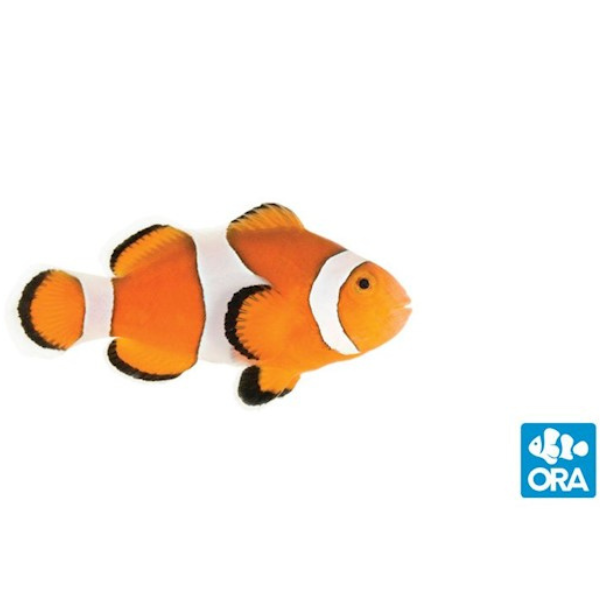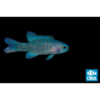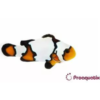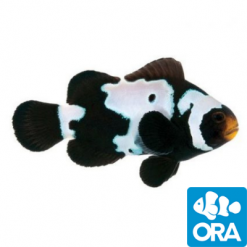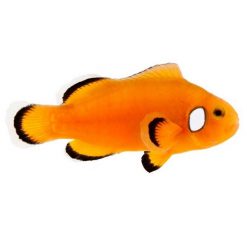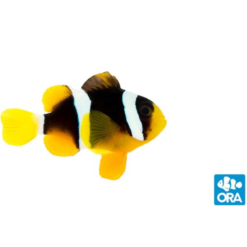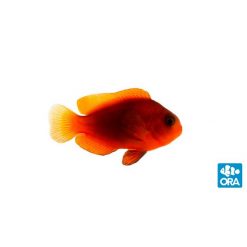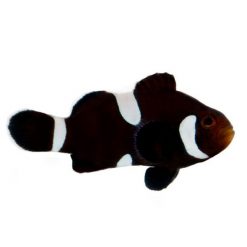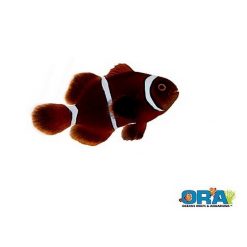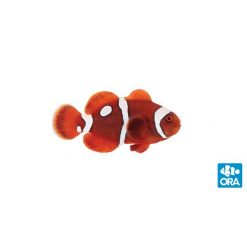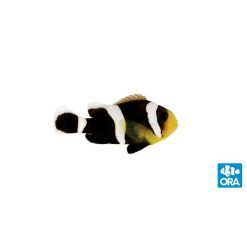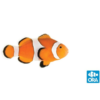About the ORA Mini Clownfish Captive-Bred
Care Level: Easy
Temperament: Peaceful
Reef Safe: Yes
Diet: Omnivore
Max Size: 2″ inches
Minimum Tank Size: 10 gallons
Who doesn’t adore a nano sized fish?! The ORA Mini Ocellaris is identical to the coveted ORA Orange Ocellaris with one exception, this compact version boasts a 1.5 – 2″ size. Its compact sizing makes it a great choice for nano sized systems and even pairing!
The Ocellaris, or False Percula Clownfish is the most popular clownfish species in the marine aquarium hobby. It is called the False Percula because it is closely related to, and easily confused with, the Percula clownfish (A. percula). These classic fish have brightly colored orange bodies with white stripes and thin black outlines.
Ocellaris were one of the first marine aquarium fish to be successfully bred in captivity. Early success with their captive propagation helped lead the way in the development of the commercial marine ornamental aquaculture industry. In nature, A. ocellaris occurs in a wide range of the Indo-Pacific region including: Australia, the East Indies, Melanesia, the Philippines, and the Ryukyu Islands.
Ocellaris are one of the least aggressive members of the clownfish family, and usually tolerate other members of the same species in their tank. Friendly Ocellaris are easy to maintain in aquariums, they adapt well, and will accept a wide variety of aquarium foods.
These fish will accept most fish foods and are perfect for reef tanks. More than one can be kept in the same aquarium and they prefer to be kept in groups.
Clownfish have a very distinct swimming motion that is different from most fish. This is likely passed on through their genetic makeup from centuries of wiggling within the tentacles of Anemones. As the Clownfish wiggles within the stinging tentacles the Anemone’s mucus is likely smeared over the Clownfish’s body, which then protects it from additional stings.
In the wild they live in small groups with one large dominant female, one smaller sexually active male, and a handful of smaller males and juveniles. When the female is lost the largest male will then change sex and become the dominant female with the other Clowns moving up the ladder behind it.
| Size | 1-1.5 inches |
|---|

